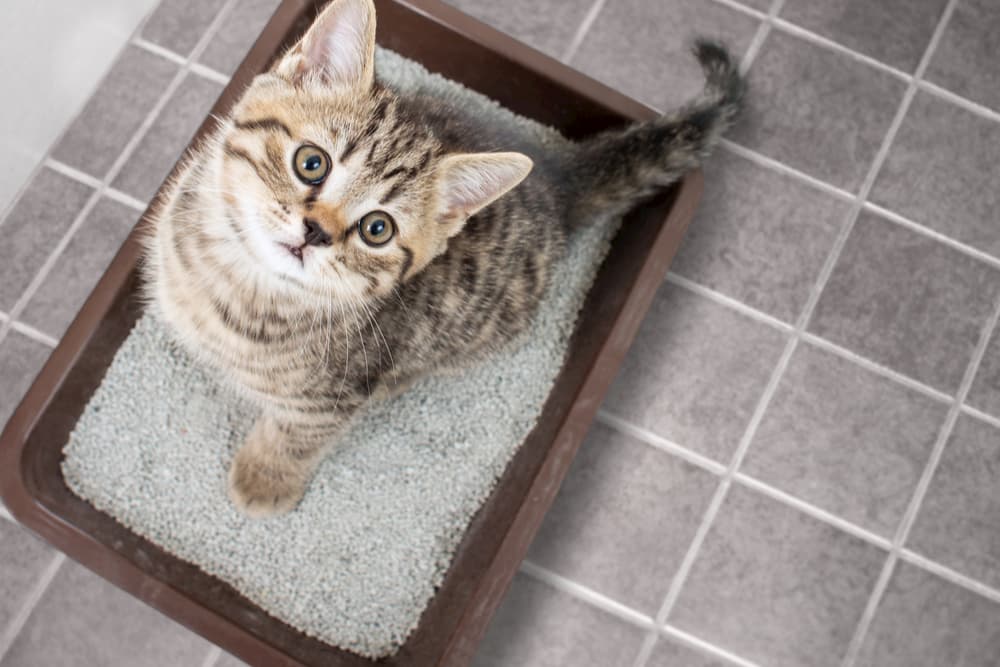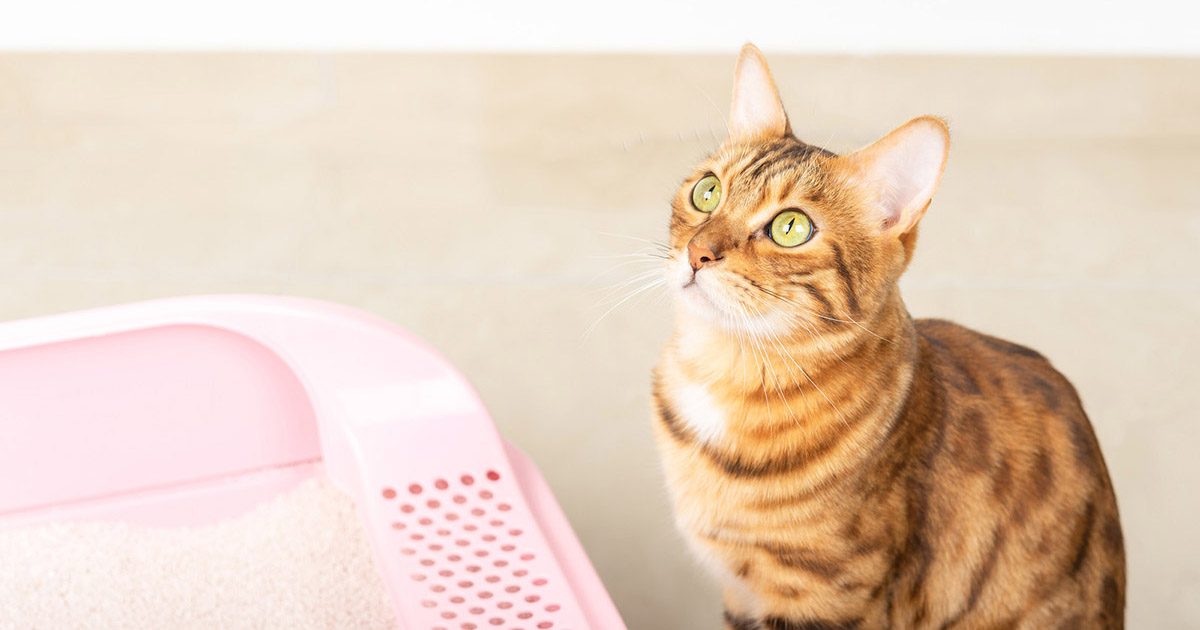Why Flushing Animal Waste Down the Toilet Could be Harmful
Why Flushing Animal Waste Down the Toilet Could be Harmful
Blog Article
They are making a few great pointers related to 10 Things You Should Never Flush Down The Toilet overall in this content which follows.

When it concerns getting rid of waste, specifically animal waste, lots of people frequently turn to the hassle-free alternative of flushing it down the bathroom. However, this seemingly very easy solution can have major repercussions for the setting and public health. In this article, we'll check out why flushing pet waste down the toilet is a negative idea and supply different techniques for correct disposal.
Introduction
Proper waste disposal is essential for keeping ecological sustainability and public health. While it may seem safe to flush animal waste down the bathroom, it can result in various concerns, both for the setting and human well-being.
Dangers of flushing animal waste
Ecological impact
Purging pet waste presents unsafe germs and microorganisms into rivers, which can negatively affect water ecological communities. These microorganisms can contaminate water resources and harm aquatic life, disrupting fragile ecological communities.
Public health problems
Animal waste consists of dangerous bacteria such as E. coli and Salmonella, which can present serious health threats to humans. Purging animal waste down the toilet can pollute water products, resulting in the spread of conditions and infections.
Alternatives to flushing
Rather than purging animal waste down the toilet, there are a number of different disposal methods that are a lot more environmentally friendly and hygienic.
Composting
Composting pet waste is an environment-friendly method to deal with it. By composting, organic matter is broken down right into nutrient-rich soil, which can be made use of to feed yards and plants.
Land fill disposal
Taking care of pet waste in a land fill is an additional choice. While not as eco-friendly as composting, it is a much safer choice to flushing, as it stops the contamination of water resources.
Pet garbage disposal systems
There are specialized pet dog garbage disposal systems readily available that securely and hygienically take care of pet waste. These systems typically use enzymes to break down waste and remove odors.
Actions to appropriate animal waste disposal
To ensure appropriate disposal of pet waste, follow these actions:
Scooping and landing waste
Consistently scoop and bag pet waste using biodegradable bags. This protects against waste from polluting the setting.
Making use of designated waste bins
Dispose of bagged pet waste in designated waste containers, such as garden compost bins or garbage dump bins. Avoid flushing it down the commode at all costs.
Cleaning litter boxes and family pet areas on a regular basis
Frequently clean litter boxes and family pet areas to prevent the build-up of waste and germs. Usage pet-safe cleansing products to preserve hygiene.
Benefits of proper disposal approaches
Taking on proper disposal approaches for pet waste provides numerous benefits:
Minimized environmental pollution
Appropriate disposal methods reduce the threat of environmental pollution, securing rivers and ecological communities from contamination
Minimized danger of water contamination.
By staying clear of flushing animal waste down the bathroom, the danger of water contamination is significantly minimized, securing public health.
Improved sanitation and health
Correct disposal techniques advertise far better sanitation and health, developing a much safer environment for both humans and pets.
Final thought
Finally, purging animal waste down the toilet is unsafe to the environment and public health. By embracing different disposal techniques and adhering to proper waste management practices, we can reduce the unfavorable impact of animal waste and contribute to a cleaner, healthier planet.
What To Do With Dog Poo – The Do's And Don'ts Of Disposing Of Faeces
Dog poo bins
Some councils provide dedicated dog waste bins in popular dog-walking areas that can take dog poo that has been bagged but you can legally dispose of dog waste in any public litter bin, as long as it is securely bagged. This also applies to your wheelie bin at home.
Do not flush
Water companies do not recommend flushing dog faeces down the toilet because certain parasites can survive the water processing treatment and are potentially harmful to humans. You should also never consider flushing dog poo that has been bagged down the toilet as the bags will not break down and instead create severe blockages in the sewage system.
In the woods
The Forestry Commission promotes a ‘stick and flick’ method for dealing with waste in the woods. This means finding a stick and using it to flick any poo from off the path so that it is out of the way of other walkers. You could also bury it as long as it is not in an area where there might be livestock.
Livestock
Parasites found in dog poo can be transmitted to livestock if they inadvertently eat infected faeces that has been left on grazing land. This could result in the death of sheep or abortion in cattle so you should always make sure you pick up your dog’s waste in fields where livestock could be present.

Frequently clean litter boxes and family pet areas to prevent the build-up of waste and germs. Usage pet-safe cleansing products to preserve hygiene.
Benefits of proper disposal approaches
Taking on proper disposal approaches for pet waste provides numerous benefits:
Minimized environmental pollution
Appropriate disposal methods reduce the threat of environmental pollution, securing rivers and ecological communities from contamination
Minimized danger of water contamination.
By staying clear of flushing animal waste down the bathroom, the danger of water contamination is significantly minimized, securing public health.
Improved sanitation and health
Correct disposal techniques advertise far better sanitation and health, developing a much safer environment for both humans and pets.
Final thought
Finally, purging animal waste down the toilet is unsafe to the environment and public health. By embracing different disposal techniques and adhering to proper waste management practices, we can reduce the unfavorable impact of animal waste and contribute to a cleaner, healthier planet.
What To Do With Dog Poo – The Do's And Don'ts Of Disposing Of Faeces
Dog poo bins
Some councils provide dedicated dog waste bins in popular dog-walking areas that can take dog poo that has been bagged but you can legally dispose of dog waste in any public litter bin, as long as it is securely bagged. This also applies to your wheelie bin at home.
Do not flush
Water companies do not recommend flushing dog faeces down the toilet because certain parasites can survive the water processing treatment and are potentially harmful to humans. You should also never consider flushing dog poo that has been bagged down the toilet as the bags will not break down and instead create severe blockages in the sewage system.
In the woods
The Forestry Commission promotes a ‘stick and flick’ method for dealing with waste in the woods. This means finding a stick and using it to flick any poo from off the path so that it is out of the way of other walkers. You could also bury it as long as it is not in an area where there might be livestock.
Livestock
Parasites found in dog poo can be transmitted to livestock if they inadvertently eat infected faeces that has been left on grazing land. This could result in the death of sheep or abortion in cattle so you should always make sure you pick up your dog’s waste in fields where livestock could be present.

I was guided to that report about Should you flush animal waste down the toilet from a pal on our other site. Enjoyed reading our piece of writing? Please quickly share it. Let somebody else locate it. I treasure your readership.
Website Report this page